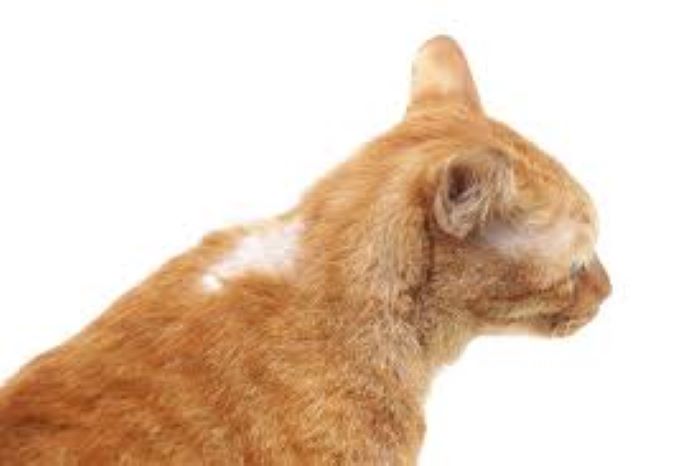Loss of hair, either locally or generalized over the coat of a cat, is another type of skin problem that owners may face. As with itching, the causes of hair loss can be quite numerous, and sometimes very complex. A proper diagnosis is essential for restoring a full-bodied haircoat.
Shedding
Although the normal shedding cycles for cats tend to occur in the spring and fall, some pets, especially those kept indoors, might actually shed year-round. In fact, some of these pets can fill a brush with hair every day! If the cat is otherwise healthy and is on a good nutritional program, this seemingly excessive shedding is of no real consequence.
If normal shedding is truly the cause of the hair loss, rarely do raw spots or patches of exposed skin appear. If they do, another cause of the hair loss should be suspected. If the cat is of the type that sheds excessively, be sure to brush it daily to remove the dead hairs and make way for the new ones.
Failure to do so can predispose the pet to skin infections. Any event that is associated with abnormally high amounts of stress can cause increases in shedding activity and, in some cases, overt alopecia. A good example of this is a female cat undergoing pregnancy or lactation.
The physiological stress and demands placed her body might lead to an accelerated hair-loss situation. Fortunately, in most instances, the hair will return once the stress abates.
Malnutrition
The hair cycle in cats is dynamic and active, with new hairs constantly growing in to replace old, dead hairs that are naturally shed. These new hairs require a bounty of protein and other nutrients for their proper formation and development.
If these are not supplied, the replacement hairs might not grow in at all, or they might be weak, brittle, and easily broken. As a result, cats suffering from poor nutrition often have scanty, lackluster haircoats, not to mention unhealthy skin.
Since the source of the problem is internal in nature, the distribution of this hair loss tends to be symmetric over the entire body. Feeding the wrong type of diet is not the only way to cause nutrition-related hair loss.
Failure to have a pet checked routinely for internal parasites can also lead to malnutrition secondary to parasitism. Because intestinal parasites can steal vital nutrients, the haircoat can become deprived of essential nutrients and bear the brunt of the consequences.
Obviously, providing quality nutrition and correcting any internal parasite problems that might exist are the two key means of restoring normal hair growth in these cases.
Itching
Virtually all the disorders that cause itching can cause loss of hair as well. This hair loss might be due to self-trauma from licking, chewing, and/or scratching, or it might be secondary to inflammation affecting the hair follicle (e.g., Demodex, folliculitis).
The distribution of the hair loss can be localized or diffuse, symmetric or asymmetric, depending on the extent of the causative disorder. For instance, if allergies are to blame, the resulting hair loss is often symmetric, affecting both sides equally.
On the other hand, hair loss caused by mange or bacterial folliculitis usually appears localized to certain portions of the body at first, although this hair loss can spread to other parts if the disease is left unchecked. Identifying and correcting the underlying problem are the most important steps to take for restoring the scanty coat.
Realize that in many conditions involving inflammation of the hair follicle, the coat might look worse with treatment before it gets better because of treatment-induced shedding of dead or damaged hair.
A good plane of nutrition, one that is adequate in protein and fatty acids, will also speed replacement of the lost hair in recovered pets.
Treatment of Hair Loss
Itching and hair loss can be a complex challenge to diagnose and treat. Owners should no longer ignore or simply blame external parasites in all cases of itchy or balding pets.
A complete and thorough history provided to a veterinarian, combined with the vet’s dermatological examination, are important first steps in all cases of problem itching and/or alopecia.





